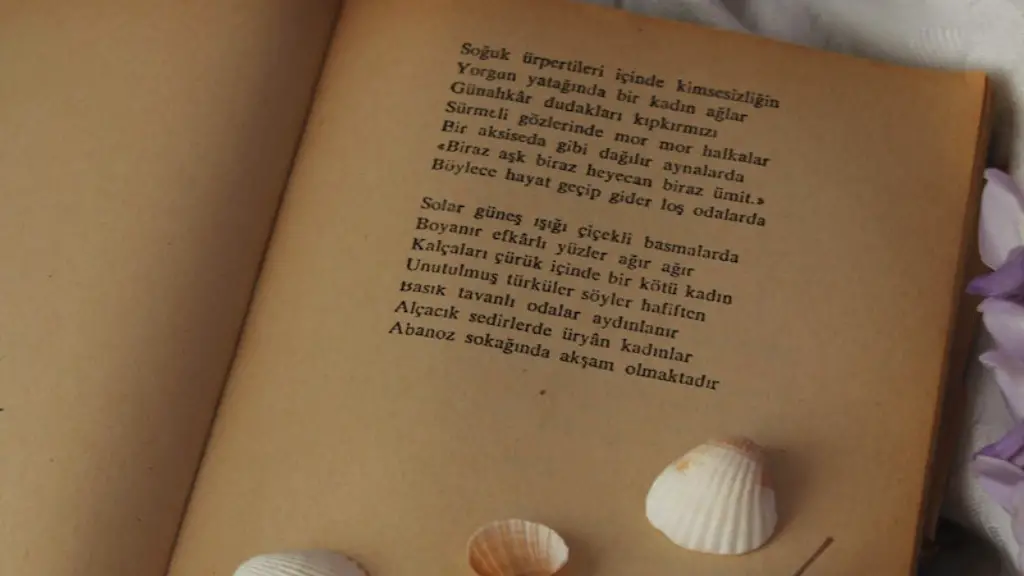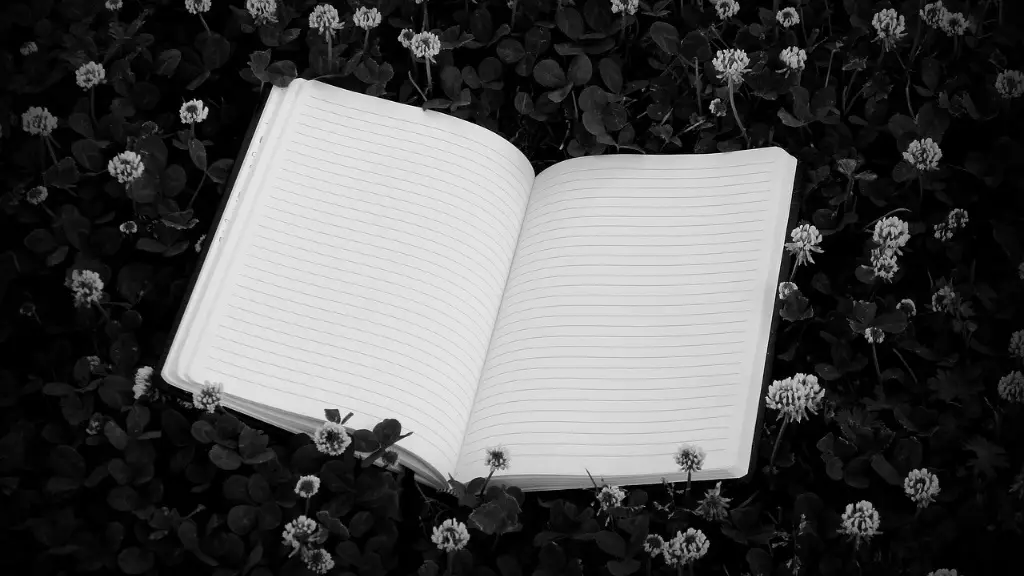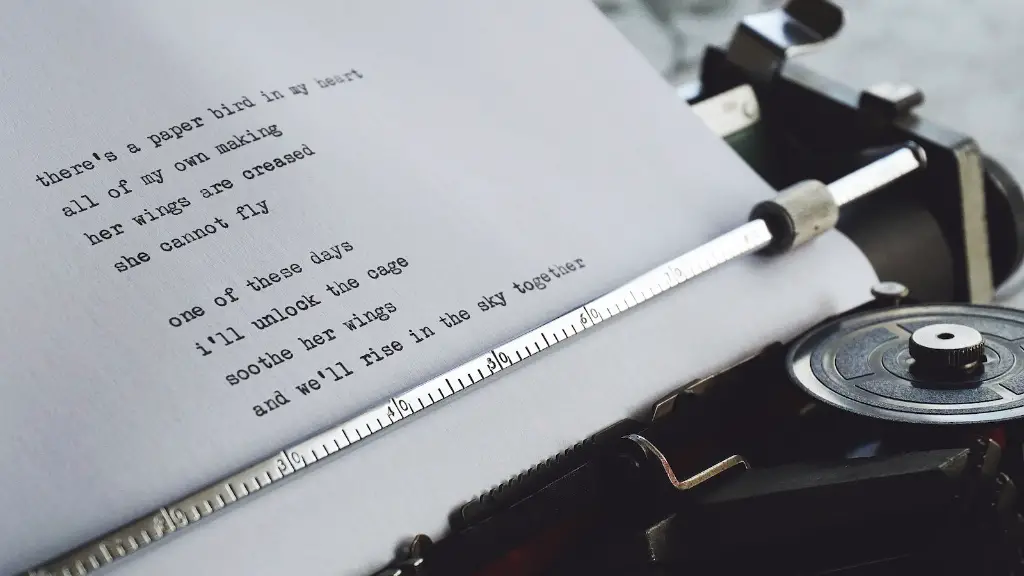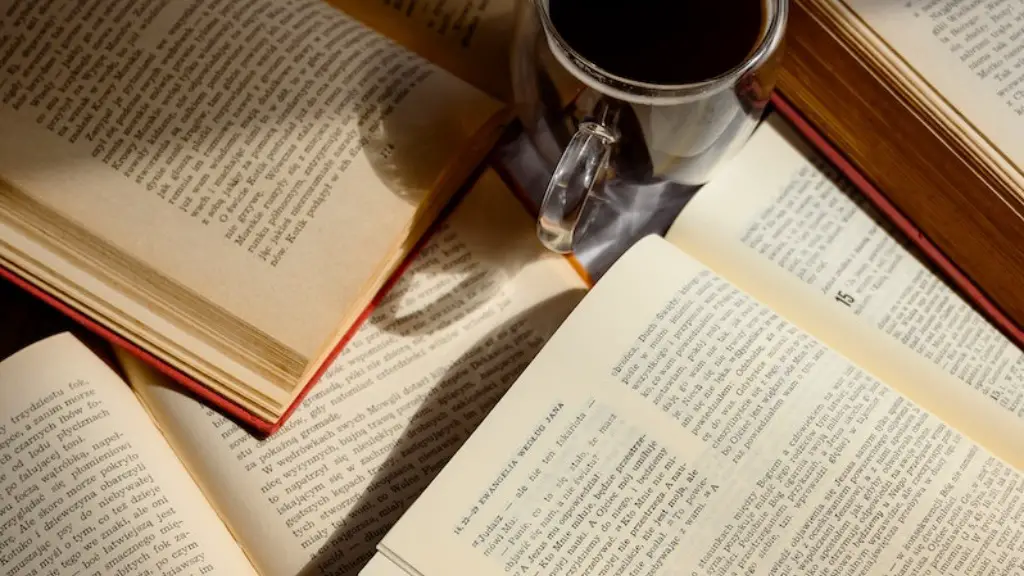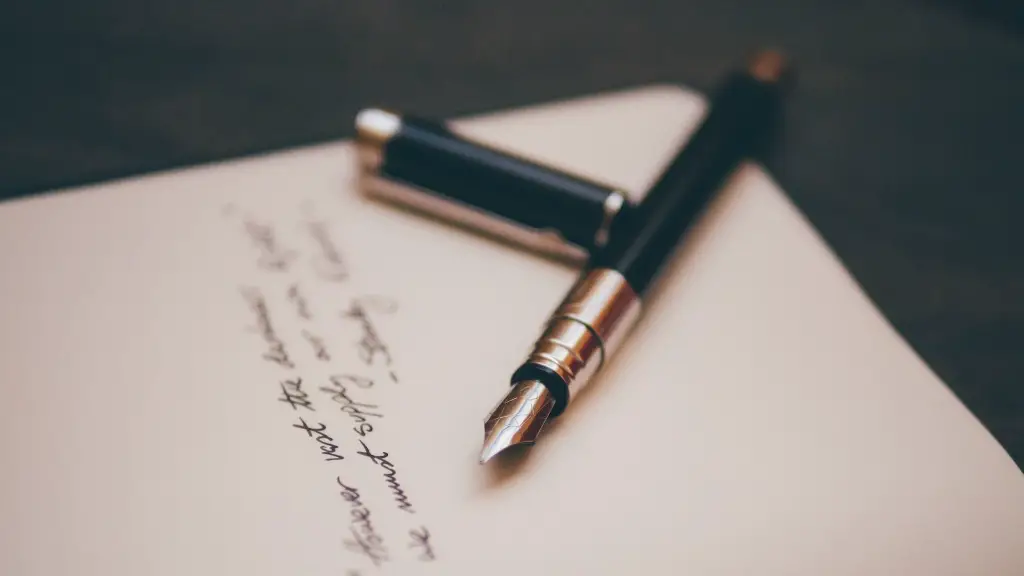Imagery in Poetry: What Does It Mean
Imagery is the literary term used for language and description that appeals to our five senses. Imagery is used by poets to convey an emotion, evoke a feeling, or capture a moment. It is used to help the reader access a scene, story, character, or other elements of the poem with as much of their senses as possible. By picking the right words to describe a topic or situation, a poet can bring it alive and create impactful imagery. For this reason, imagery plays a vital role in poetry.
Imagery is used in all different types of literature, not just poetry. It is used to create a vivid picture in the mind of the reader, transporting them to another place or time. It can be used to help them understand a concept, process, or idea. In poetry, imagery is a powerful tool used to paint a picture with words so that the reader can have a vivid mental image of what the poet is describing.
Imagery often uses metaphors, similes, and other figures of speech to convey complex ideas in an interesting way. A metaphor is a comparison made between two objects or ideas. It is used to explain an abstract concept by connecting it with a more tangible thing. For example, a poet might say “Life is a rollercoaster ride” to describe how life can have unexpected highs and lows.
Similes are another type of figure of speech that use like or as to make a comparison. For example, someone might say “This is a ride as wild as the wind” to draw a comparison between a ride and the gusts of a strong wind. Figures of speech can help to bring an image or concept to life, making it easier for the reader to visualize.
Imagery is an important element of poetry. It helps to create a visual representation of a scene or emotion and allows the reader to experience the poem in a more tangible way. By choosing the right words to paint a picture, poets are able to evoke a range of emotions in the reader, helping them to connect with the poem on a deeper level.
Exploring Different Types of Imagery
Imagery can take many forms and is used in different ways in poetry. Mental imagery is the most common type of imagery used in poetry. This type of imagery involves creating a picture in the mind of the reader, often by using the five senses. With mental imagery, the poet can draw a comparison between two things by picking the right words to evoke a certain feeling or emotion.
Sensory imagery is another type of imagery used in poetry. This type of imagery relies more heavily on the sense of touch and other physical sensations. It is often used to create a tactile, visceral experience for the reader. This type of imagery is usually paired with metaphors and other figures of speech to create a strong connection between the reader’s physical experience and the emotions they are trying to convey.
Visual imagery is also commonly used in poetry. This type of imagery relies on the use of words to create a vivid image in the reader’s mind. It is often used to bring a scene to life and allow the reader to “see” what is being described. Visual imagery can be used to evoke a range of emotions in the reader and can help to create an impactful mental picture.
Finally, auditory imagery is a type of imagery used to describe sounds and other noises. This type of imagery is often used to create an auditory experience for the reader, allowing them to “hear” what is being described. By using words that evoke a certain sound or rhythm, a poet can help the reader to access and interpret the poem in a more meaningful way.
The Role of Imagery in Poetry
Imagery is a key element of poetry and can be used in a variety of ways. It can help to convey a message and create a more meaningful connection between the poet and the reader. By painting a vivid mental picture, the poet can evoke emotion in the reader and allow them to access the poem on a deeper level.
Imagery can also be used to enhance the structure of a poem. By choosing the right words to evoke a certain feeling or emotion, the poet can create a more cohesive and impactful piece of writing. In addition, imagery can be used to provide the reader with insight into a certain topic or idea. By using imagery to describe a situation or concept, the poet can provide valuable information and help the reader to understand a particular topic in a more meaningful way.
Using Imagery to Create an Impact
Imagery is a powerful tool that can be used to create an impact in poetry. By using vivid language and descriptions, a poet can draw the reader in and help them to understand the poem better. Imagery can also be used to evoke emotions in the reader and make the poem more relatable. When the right words are chosen to create a mental image in the mind of the reader, they can be motivated to feel a certain way and connect with the poem more deeply.
Imagery can also be used to illustrate a situation or idea. By picking the right words to describe a concept, the poet can provide valuable information about a topic and help the reader to access and interpret it in a more meaningful way. By using imagery to create vivid mental pictures in the mind of the reader, a poet can enhance the impact of the poem and create a more meaningful connection with the reader.
The Benefits of Using Imagery in Poetry
Imagery is a powerful tool that can be used to enhance the impact of a poem. By creating vivid mental pictures in the mind of the reader, a poet can evoke emotion and create a more meaningful connection between the poet and the reader. In addition, imagery can be used to provide insight into a certain topic or idea and enhance the structure of the poem.
By using imagery, a poet can play with words to make the poem more interesting and engaging. By choosing the right words to evoke a certain emotion or feeling, the poet can create a vivid mental image in the reader’s mind. In addition, imagery can be used to create an auditory experience for the reader, allowing them to “hear” what is being described.
Overall, imagery is a vital element of poetry and can be used in a variety of ways. By creating vivid mental images in the mind of the reader, poets can draw the reader in and create an impactful and meaningful connection with the poem.
Exploring How to Use Imagery in Poetry
Imagery is an effective tool that can be used to enhance the impact of a poem. It can be used to evoke emotion and create a more meaningful connection between the reader and the poem. In addition, imagery can be used to provide insight into a concept or idea and to enhance the structure of the poem.
In order to effectively use imagery in poetry, the poet must choose the right words to create a vivid mental picture. By using words that evoke a certain emotion or feeling, the poet can make the poem more relatable and engaging. In addition, the poet must be able to draw comparisons between two items or ideas, often using metaphors and other figures of speech.
Finally, the poet must be able to use imagery in a meaningful way that fits with the tone and style of the poem. By creating the right mental image in the mind of the reader, the poet can enhance the impact of the poem and create a more meaningful connection between the reader and the poem.
Analyzing and Interpreting Imagery in Poetry
Imagery is an important element of poetry and can be used to create an impactful and meaningful connection between the reader and the poem. By interpreting imagery in a poem, the reader can gain a deeper understanding of the poem’s message and the emotion that the poet is trying to convey.
To analyze and interpret imagery in poetry, the reader must pay close attention to the words that the poet has chosen. By paying attention to the words that evoke a certain emotion or feeling, the reader can gain insight into the theme of the poem and the way in which the poet is trying to convey their message.
In addition, the reader must pay attention to the figures of speech used in the poem. By interpreting the metaphors and similes that the poet has chosen, the reader can gain insight into the poem’s meaning and decipher the message that the poet is trying to convey.
Finally, the reader must pay attention to the impact that the imagery has on the poem as a whole. By interpreting the imagery in the poem, the reader can gain insight into the poet’s intent and the tone and mood that the poet is trying to evoke.
Conclusion
Imagery is an important element of poetry and can be used in a variety of ways to create an impactful and meaningful connection between the reader and the poem. By using words that evoke a certain emotion or feeling, the poet can paint a vivid mental picture and make the poem more relatable and engaging. In addition, imagery can be used to illustrate a concept or situation and provide insight into a certain topic or idea. By analyzing and interpreting the imagery in a poem, the reader can gain a deeper understanding of the poem’s message and the emotion that the poet is trying to convey.
